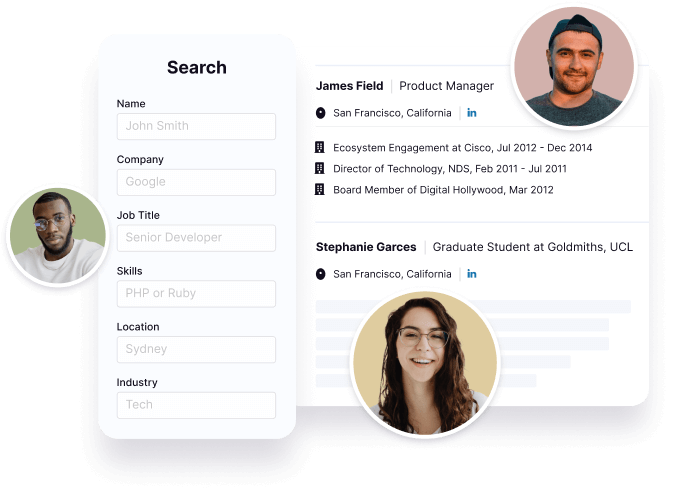Charles Pryor's Email & Phone Number
High Speed Specialist FAE at Intel Corporation
Charles Pryor Email Addresses
Charles Pryor Phone Numbers
Charles Pryor's Work Experience

Intel Corporation
High Speed Specialist FAE
April 2016 to Present





Visicom Laboratories Inc.
Systems Engineer
October 1995 to June 1999
Show more
Show less
Charles Pryor's Education
University of California, Santa Barbara
Bachelor of Science (BS), Electrical and Computer Engineering
May 1993 to May 1995
Show more
Show less
Frequently Asked Questions about Charles Pryor
What is Charles Pryor email address?
Email Charles Pryor at [email protected] and [email protected]. This email is the most updated Charles Pryor's email found in 2024.
How to contact Charles Pryor?
To contact Charles Pryor send an email to [email protected] or [email protected].
What company does Charles Pryor work for?
Charles Pryor works for Intel Corporation
What is Charles Pryor's role at Intel Corporation?
Charles Pryor is High Speed Specialist FAE
What is Charles Pryor's Phone Number?
Charles Pryor's phone (213) ***-*838
What industry does Charles Pryor work in?
Charles Pryor works in the Semiconductors industry.
Charles Pryor's Professional Skills Radar Chart
Based on our findings, Charles Pryor is ...
What's on Charles Pryor's mind?
Based on our findings, Charles Pryor is ...
Charles Pryor's Estimated Salary Range
Charles Pryor Email Addresses
Charles Pryor Phone Numbers
Find emails and phone numbers for 300M professionals.
Search by name, job titles, seniority, skills, location, company name, industry, company size, revenue, and other 20+ data points to reach the right people you need. Get triple-verified contact details in one-click.In a nutshell
Charles Pryor's Ranking
Ranked #953 out of 19,060 for High Speed Specialist FAE in California
Charles Pryor's Personality Type
Introversion (I), Sensing (S), Thinking (T), Perceiving (P)
Average Tenure
2 year(s), 0 month(s)
Charles Pryor's Willingness to Change Jobs
Unlikely
Likely
Open to opportunity?
There's 85% chance that Charles Pryor is seeking for new opportunities











Charles Pryor's Social Media Links
/in/charlespryor /company/intel-corporation /school/ucsantabarbara/